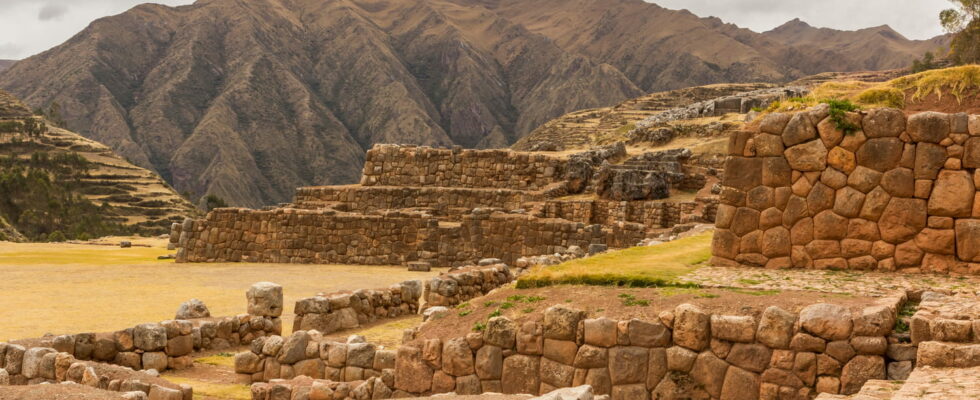Archaeologists have succeeded in reconstructing the layout of an Inca labyrinth, long mentioned in historical texts but remained in the state of myth.
Cuzco, Peru, was the capital of the Inca Empire. The modern city has indeed been built on the ruins of this ancient civilization. New tools today allow you to look under the structures of the city: archaeologists have thus made an unprecedented underground discovery. A “Chinkana”, a labyrinth, was spotted, as archaeologists described at a press conference at the Provincial Municipality of Cuzco, followed by the Peruvian media Gray lima.
Its existence had already been attested in historical documents dating from the 16th, 17th and 18th centuries: they mentioned the presence of several underground passages under the city of Cuzco, which would still be intact. One of them comes from an anonymous Jesuit who explained that the Church of the Company of Jesus had been thought during its construction in 1576 so as not to interfere with “a very deep cave dug by the Inca Kings”. This labyrinth has so far remained in the state of myth, the researchers hoping one day to identify their location. It is now done.

Archaeologists have, to achieve this, carried out sound tests, by hitting different locations on a metal plate placed on the ground. The intensity of the echo indicated to them if there was a hollow structure below. Once the researchers had an idea of the route, they used georadars. These devices send electromagnetic waves that are reflected on the ground and make it possible to obtain images from the inside. They were thus able to assess that the labyrinth extended over 1750 meters with a depth between 1.4 and 2.5 meters.
They also located his entry and his career. The labyrinth thus begins from the Coricancha temple, a place of Inca worship of the Sun God, and goes to the SacSayhuamán religious center. He also goes through the Colcampata palace and under other fortresses. This tunnel was carried out by digging trenches which have been reinforced by stone walls. Once completed, the structure would have been covered, especially by roads.
The tracing of these paths made it possible to identify the usefulness of this labyrinth: it made it possible to link ceremonial and administrative sites of the Inca capital. A new series of excavations is planned, including penetration into these galleries by digging into the ground. Researchers hope to learn more about Inca town planning, these tunnels already testifying to advanced architectural skills for the time.
